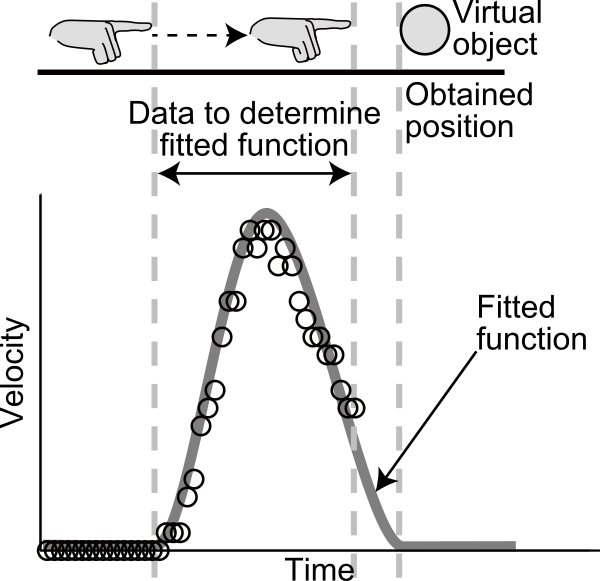
Masahiro Suzuki
Kanagawa Institute of Technology, Japan
Title: Technique of obtaining visually perceived positions using movements of users’ bodies
Biography
Biography: Masahiro Suzuki
Abstract
We proposed a technique of obtaining the visually perceived positions of virtual objects presented in front of the screens of 3-D displays, and evaluated it. Applications where users’ own bodies, which are actually seen by users unlike video captured images, interact with virtual objects are attractive applications of 3-D displays. Users expect interactions to be executed when their bodies are seen at the same positions of virtual objects because it is natural for them. Executing interactions when users’ bodies are at the visually perceived positions of virtual objects is the crucial requirement to interactions between the bodies and objects. Conventional techniques execute interaction when users’ bodies are at the positions calculated from binocular disparity of virtual objects. However, the visually perceived positions often differ from the positions calculated from binocular disparity, so that conventional techniques make it difficult to meet the requirement. In contrast to conventional techniques, the proposed technique can meet the requirement by obtaining the visually perceived positions of virtual objects from body movements. According to previous studies on body movements, the velocity of reaching movements as a function of time follows a bell curve. In the proposed technique, the velocity of reaching movements when users reach out to virtual objects is first fitted into a Gaussian function. The final positions of reaching movements are then obtained based on the fitted functions before the movements are finished because virtual objects are seen there. Therefore, the requirement is fulfilled by executing interactions when users’ bodies are at the positions obtained in last step. In the evaluation, we demonstrated the feasibility of the proposed technique by examining the accuracy and precision of the positions obtained with the proposed technique. We also demonstrated the usefulness of the proposed technique by examining the exactness of interaction executed with the proposed technique.


